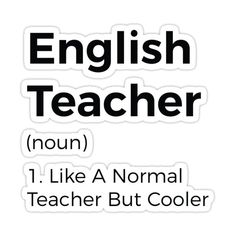Introduction
Romeo and Juliet, a classic love story that has been told and retold for generations, is still popular among high school students today. It’s an iconic tale of star-crossed lovers defying social norms in the name of true love. To bring this timeless story to life in the classroom, teachers are always looking for engaging ways to help their students grasp the language, themes, and drama of this 16th-century classic. Here are ten radical Romeo and Juliet worksheets that offer a modern twist on Shakespeare’s masterpiece.
1. Character Mapping
Help your students understand the relationships and motivations of various characters in Romeo and Juliet with a character mapping worksheet. This activity can be used to create a visual representation of each character’s interactions and connections with others in the play.
2. Social Media Simulation
In this exciting twist on traditional worksheets, students imagine what it would be like if the characters from Romeo and Juliet had social media accounts. Have them create posts, tweets, or private messages based on key scenes from the play.
3. Conflict Resolution
Explore the themes of anger and violence in the play by having students work through conflict resolution scenarios inspired by Romeo and Juliet. By stepping into the character’s shoes, students will better understand their decisions and actions within a modern context.
4. Love Letter Writing
Encourage creativity by having students write love letters from either Romeo or Juliet to their beloved. This exercise will strengthen their understanding of Old English vocabulary and allow them to delve deeper into the emotions portrayed throughout the play.
5. Modern Prologue Rewrite
Ask your students to rewrite the famous prologue in modern language while still maintaining its original essence. This task will help them grasp the power behind Shakespeare’s words by translating them into contemporary terms.
6. Balcony Scene Illustration
Allow your students to think creatively by illustrating key scenes from the play, such as the iconic balcony scene. This visual exercise will enable them to interpret the text through artistic expression.
7. Newspaper Reporting
Transform your students into investigative reporters as they write news articles about significant events in Romeo and Juliet. They can interview characters, narrate incidents, and provide expert opinions on the various complex situations occurring in the story.
8. Thematic Collages
Challenge your students to create collages focusing on different themes present in Romeo and Juliet, such as love, fate, or conflict. By searching for images and quotes that represent each theme, students can explore deeper connections within the text.
9. Perspective Switching
Invite students to rewrite a scene from Romeo and Juliet from another character’s point of view. This imaginative exercise will not only help them engage with the text but also develop empathy and understanding of different viewpoints.
10. Emoji Summaries
Spark creativity by having your students summarize each act of Romeo and Juliet entirely with emojis! They’ll need to think critically about which emojis represent key emotions, characters, and events while providing a fun and innovative summary of the play’s major moments.
Conclusion
These ten radical Romeo and Juliet worksheets not only bring an element of excitement to teaching Shakespeare’s timeless classic but also actively engage students in close analysis, creative thinking, and reflection on themes present in the play. So why not give these modern twists on worksheets a try to ignite passion for this great literary masterpiece in your classroom?











